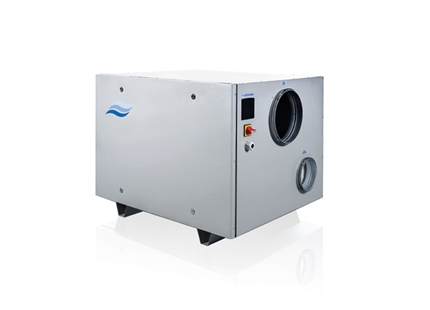Humidity control for vertical farms and controlled environment agriculture
Vertical farming, or "controlled environment agriculture" as it is often referred to, is an innvotive method for growing crops indoors, using LED lights, rather than in open fields or greenhouses. Closely managing the indoor environment allows optimum conditions for growth of the plants, with minimal consumption of resources, such as pesticides and water. Locating the facilities near to retailers and consumers, also allows for reduced transporation and lower overall CO2 emissions.
Managing humidity in these facilities plays a vital role in creating the optimum day-time and night-time conditions for maximum yield.
What are the ideal conditions for growing crops?
Throughout the plant life cycle, there can be many different “ideal” humidity conditions required. In the initial phases of germination and propagation, a relatively high humidity level of about 70 to 80%RH is required to help plants develop their roots. The growth phase humidity will typically between 50 and 80%RH. In the flowering phase, this can reduce to 40 to 60%RH. Temperature control will commonly be in the range of 21 to 26°C. The actual requirement will vary dependent on the plant being grown.
Accurate humidity control in vertfical farming is critical; too much humidity can cause huge damage to root systems and foliage. This is particulalrly relevant in "wet" environments, such as hydroponics or aquaponics. Too little air humidity can cause wilt and leaf drop together with slower growth. Plants once established in the growing phase naturally release moisture due to transpiration, this can be challenging to control.
A critical aspect to gaining the best yield from a vertical farm comes from a comprehensive understanding of humidity and temperature and their interactions together, across both simulated daytime and nightime scenarios.
-
Condensing dehumidifiers work well in warm temperatures and mid-range humidity levels (>20°C and >40%RH) making them a popular choice for vertical farm dehumidification. Moisture removed from the air can be returned to the agricultural cycle as liquid water and the heat energy produced during drying can also offset any heating requirement in the space. Dehumidifiers such as the Condair DC-N, with remote condensers, allow excess heat to be remotely exhausted outside when upper temperature level is met in the space. This avoids overheating an area due to the heat generated from the drying process or needing to ventilate to control temperature.
Desiccant dehumidifier systems offer a wider operational range than condensing systems, typically -30 to +40°C together with operational ambient humidity from 0-100%RH. They can maintain very dry conditions, at less than 10%RH even at low temperatures. However, as the absorbed moisture is vented outside via a warm air duct, there is no liquid water that can be recovered. -
Small electric steam humidifiers with direct room or ducted discharge systems offer a clean sterile solution for smaller vertical farms. However, the energy cost can be high, at around 0.75kW/hr per litre of water addition.
Spray, ultrasonic and evaporative humidifiers can be used and have lower energy use so are better suited to large facilities with greater output needs. However, cold water humidifiers do create a cooling effect. This can be a positive or a negative, depending on the overall temperature management strategy. Steam humidification has no affect on the temperature of an area. -
A condensing dehumidifier (refrigerant based) will use typically 30% of the energy of a desiccant dehumidifier per litre of water removed per hour.
-
Condensing dehumidifiers, such as the Condair DC-N, incorporate dual condensers. The option of a remote or external condenser allows the heat produced from the refrigerant cycle to be discharged into or outside of the controlled area. Some units can work in direct temperature control modes, offering both heating and cooling, as well as dehumdification, by selecting which condenser is operational.
Benefits of Condair humidity control in vertical farms include:
- Comprehensive product range across both dehumidifiers and humidifiers
- Low energy and low maintenance solutions
- Extensive experience with across many projects around the world
- Full service including design, installation and maintenance support
- Maximise yield whilst minimising energy consumption
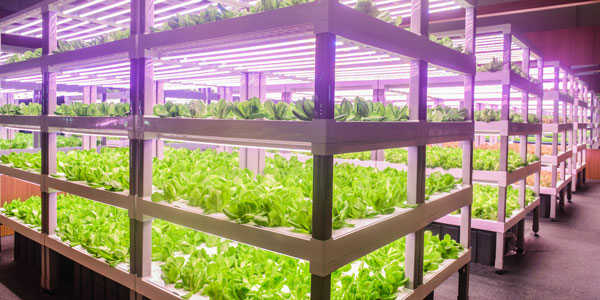
Optimise humidity for maximum yield
Get expert advice on managing humidity in agriculture
You may also be interested in...
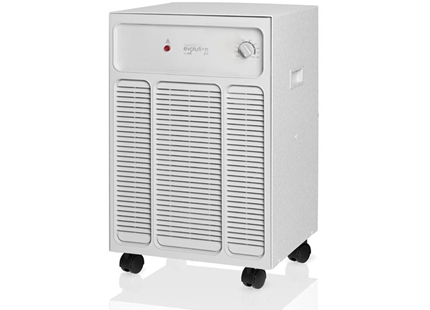
Evolution D165 mobile dehumidifier
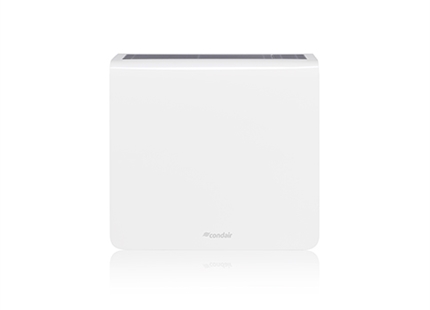
Condair DP swimming pool dehumidifiers
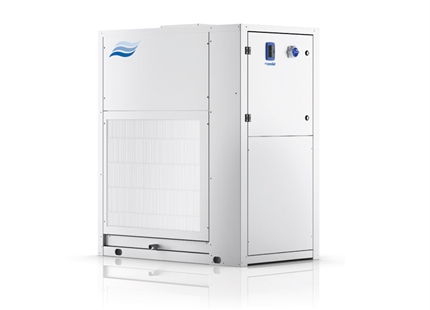
Condair DC-LT low temperature condensing dehumidifier
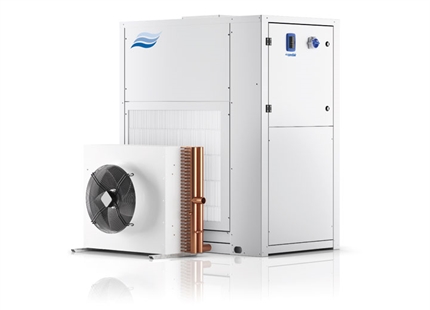
Condair DC-N dehumidifier with external condenser
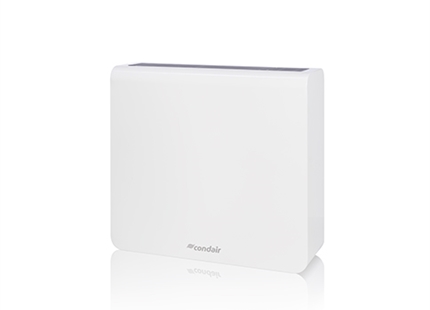
Condair DC wall and ceiling mounted condensing dehumidifiers
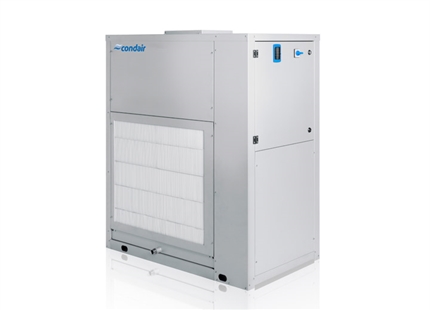
Condair DC condensing dehumidifiers
